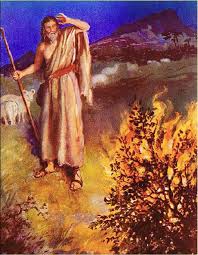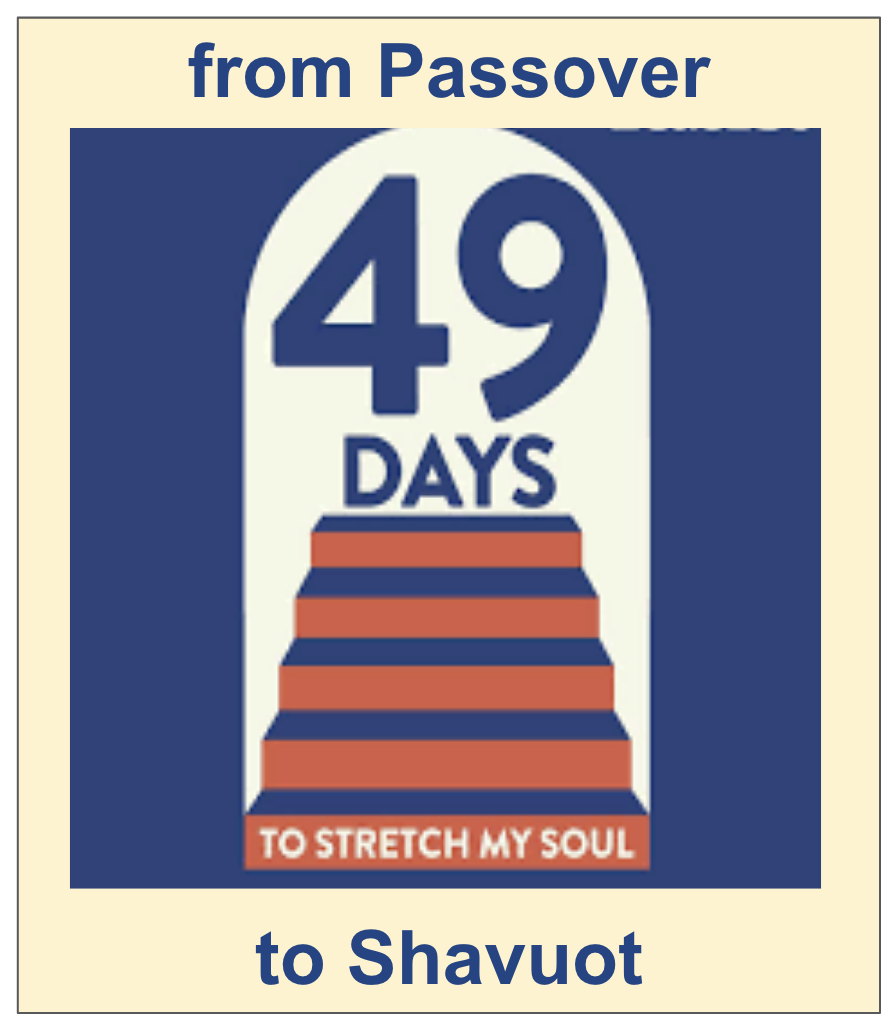| Judaism is all about collective transformation. The Jewish narrative continually has "transformed" its "collective" from a first human eventually to all humans. At the same time, the Jewish narrative continually has "transformed" roles and rights within the "collective," in fits and starts striving for dignity and equality for all. At its best, Judaism's social justice ethic does both at the same time – which is how "women's lib" began. |
|











 RSS Feed
RSS Feed